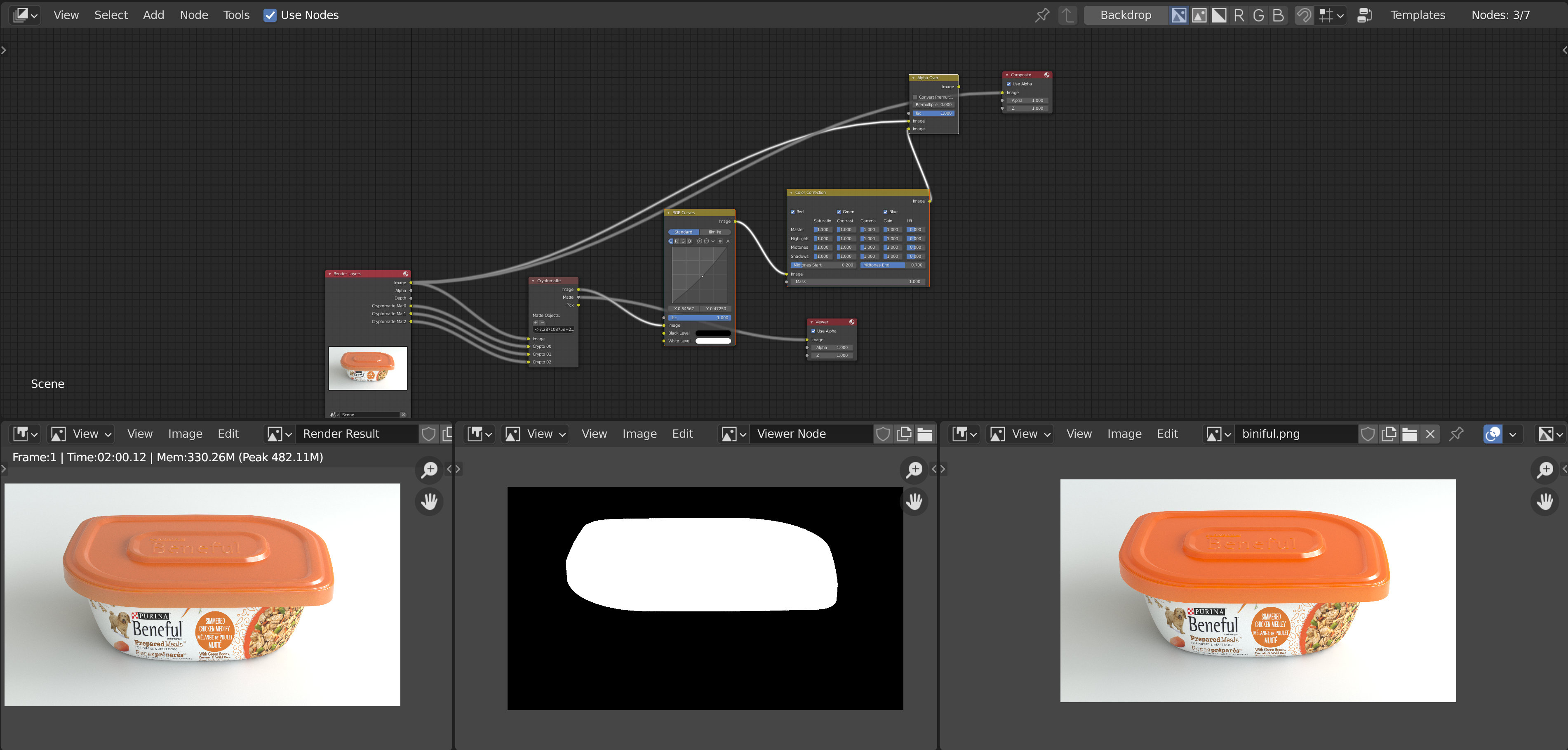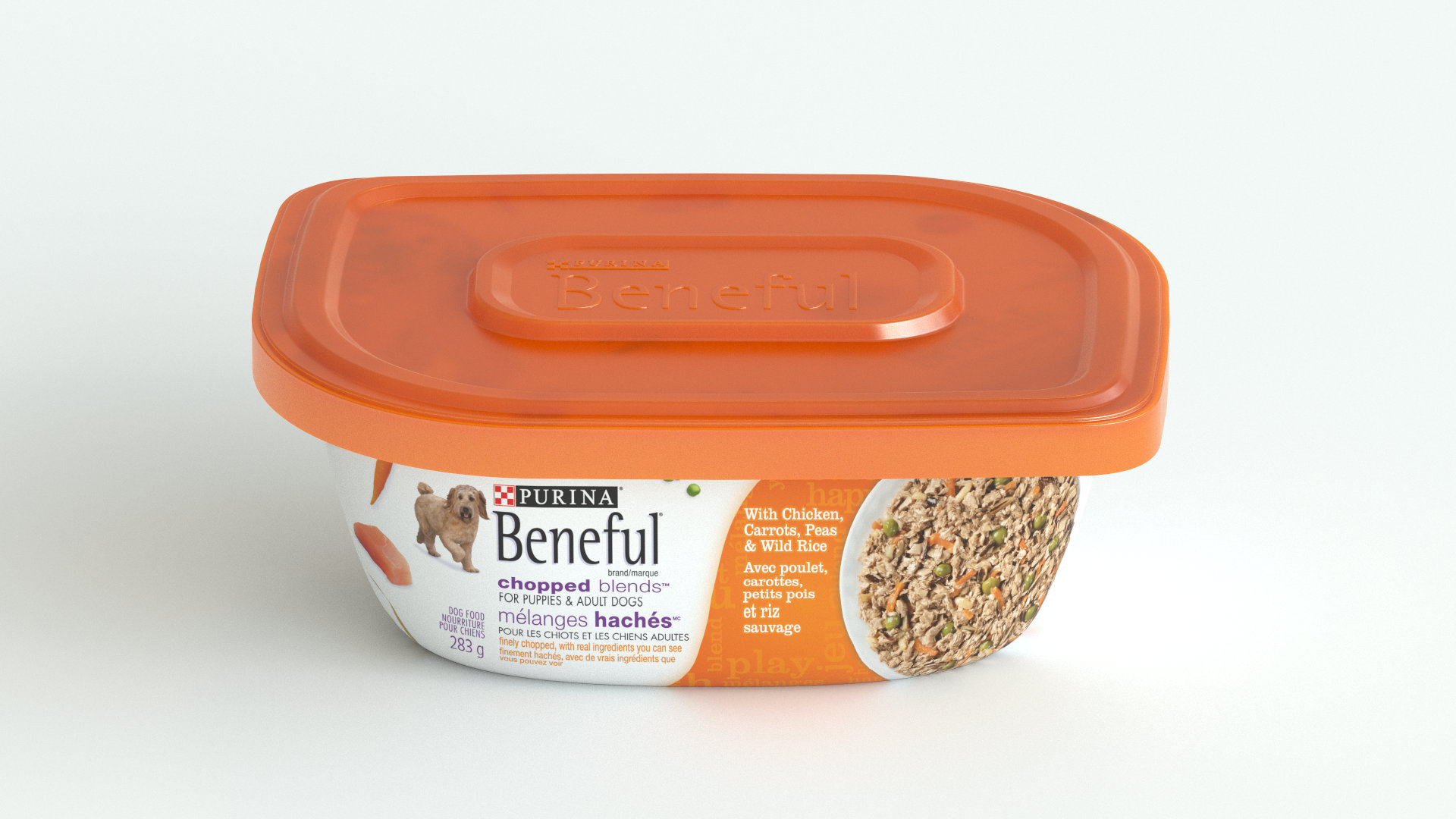Product imaging/animation/3D Modelling
Blog

Photo-realistic renders are a process of creating 3D models inside some kind of 3D modeling software package and placing those said same models into a scene. The scene is the models, a set of virtual lights and a virtual camera. The models more often than not are mesh models, either translated from solid data and are built as a mesh that are then assigned a material and or a texture. The PBR (physically based rendering) material (or shader) is created to give the surface of the mesh it's appearance, meaning it can look like steel, glass, plastic, flesh, lava or anything at all and even things that don't reside in the real world. People who do photorealistic renders take known data of how light strikes and bounces off of surfaces so that it will look and behave exactly like that material.

The virtual lights use known data to respond as how different light responds in the real world, such as the sun in all it's variations and IES (Illuminating Engineering Society) lights which is the file format for using Luminaire Component Data in the scene, IE a very particular flood light. They use virtual cameras that have the same setting that a real camera would including f-stops and shutter speeds so that you can achieve depth of field and motion blur in a realistic way. You can see the pattern I am describing. The software uses these realistic world models to generate believable imagery.

Photo-realistic renderings are used across all businesses now and as computers become more and more powerful (meaning costs come down) more and more businesses are turning to Photo-realistic rendering over photography as way to express their ideas. From all types of manufacturers to test out their prototypes that haven't been built, to the film industry to video games (and now virtual reality head sets) to architecture. If you look at any number of websites you will see images that are renderings that are selling their product. The cost of a photo-realistic render can be many times cheaper and faster than creating actual objects and setting up photo shoots, never mind creating shots that could never be achieved in the real world, (think of any period movie you have watched recently)

A benefit to renderings over photography is the ability to render out any number of separate elements that than can be reassembled in a compositing software package. One would wonder why you would want to add such a step but doing it this way you can add in actual film footage or photographs. You can change the color or texture of the rendered object (if set up correctly) you can adjust lighting or over all look of things. Every single aspect of the image can be modified. For creating that perfect image it is an indispensable step in the process.
There are set ways to understand the word prototype. In this context we are discussing creating virtual prototypes that can then be turned into a real world prototype. The virtual prototype is a 3D model that can either be a visual one and/or one for manufacturing. The visual one can be made as a mesh, from a mesh modeling program, or it can be a solid surface model made from a nurbs based program. The mesh format as is, is not meant to be used for production, such as injection molding, as most companies that manufacture components won't accept a mesh file. Mesh files can be translated into solid files if properly modeled (low poly quad manifold modeling). Mesh files are a great way to create organic looking objects, such as people and animals. What can be difficult to build in a solid surface program can be easily created in a mesh modeling program. The problem with creating the object in a mesh modeling program is that they more than likely are not accurate enough to have the parts fit together with any precision. This is why one would bring it into a nurbs modeling package and then modify it for accuracy.

The visual prototype can be rendered out as an image or animation or it can be presented as a 3D model in PDF or in a WebGL format and viewed in a browser. It can be presented in a game engine format such as Realengine, Cryengine, Blender, etc. The purpose of a visual prototype is to give a good representation of what it will look like (looks-like).

A mesh file can be turned into a STL file which is used in rapid prototyping (3D printing) Manufacturing companies want (in general) solid surface files for things like injection molds. Those file types that are generic are SAT STP and IGS the said same solid files can be translated into mesh files, such as a STL for 3D printing.
to convert mesh data to solid data the mesh file should consist of good quads or triangles. The mesh should be water tight and normals facing out. If the original file isn't configured like this It will need to be retopologized

